11 Ways To Make Your Business More Sustainable (in 2021)
Sep 06, 2021 | Sabina M Abul & Saima Khan
 Sustainability is gaining more and more attention globally.
Sustainability is gaining more and more attention globally. In the previous blog, we talked about the top reasons why your business needs to embrace sustainability as soon as possible.
We concluded saying that being sustainable will lead to a range of long-term benefits for your business which is why we urged all businesses to act now.
But how can you start? How can you make your business more sustainable? And what are the steps you could take?
Do not worry, we are here to help you!
Here are 10 effective ways to make your business more sustainable in 2021:
1. Start with a sustainability goal

A study by the University of Texas found that setting goals will make businesses more determined and increase the chances of accomplishing those goals.
This is why it is important to start by establishing defined sustainability goals for your business.
When thinking about objectives, ensure you are realistic about what you can and cannot achieve within a specified amount of time. It is best to start with smaller goals first.
A few examples of small sustainability goals that you can set for your business are:
• Start recycling within your office/store
• Switch to LED lights
• Build a culture of sustainability
These are just a few you could incorporate to start with. You can then slowly add to the list bigger, more detailed goals.
Having goals will keep you and your employees determined and it will allow you to continuously make progress towards making your business sustainable.
Remember, it is better to start by making small steps than not start at all!
2. Offer remote working and encourage greener travel

Due to the Covid Pandemic forcing many people to switch to working from home, researchers have been able to study the effect remote working has on the environment.
Studies discovered that remote working has led to a range of environmental benefits including a decrease in emissions and plastic usage, reduced energy consumption and better air quality.
Allowing telecommuting within your business, will also save money that you would have spent on supplies and energy consumption within your office.
Alternatively, if your business requires workers to be on-site, you could encourage your workforce to use greener travelling means such as public transport and walking or ride a bike to work.
Some governments offer subsidies or schemes to help businesses encourage their workforce to use greener modes of transport. For instance, in the UK, we have the Cycle to Work scheme. You can do a research to see what opportunities there are available and take advantage of such schemes.
You can also incentivise green transport by having certain policies such as subsidising public transport tickets, constructing a bike storage near your workplace, or organising a carpooling programme.
In short, encouraging working from home and greener travel modes for your workforce, will reduce your company’s overall carbon footprint and will enable you to make a big step forward in your sustainability plan.
3. Reduce waste and start recycling
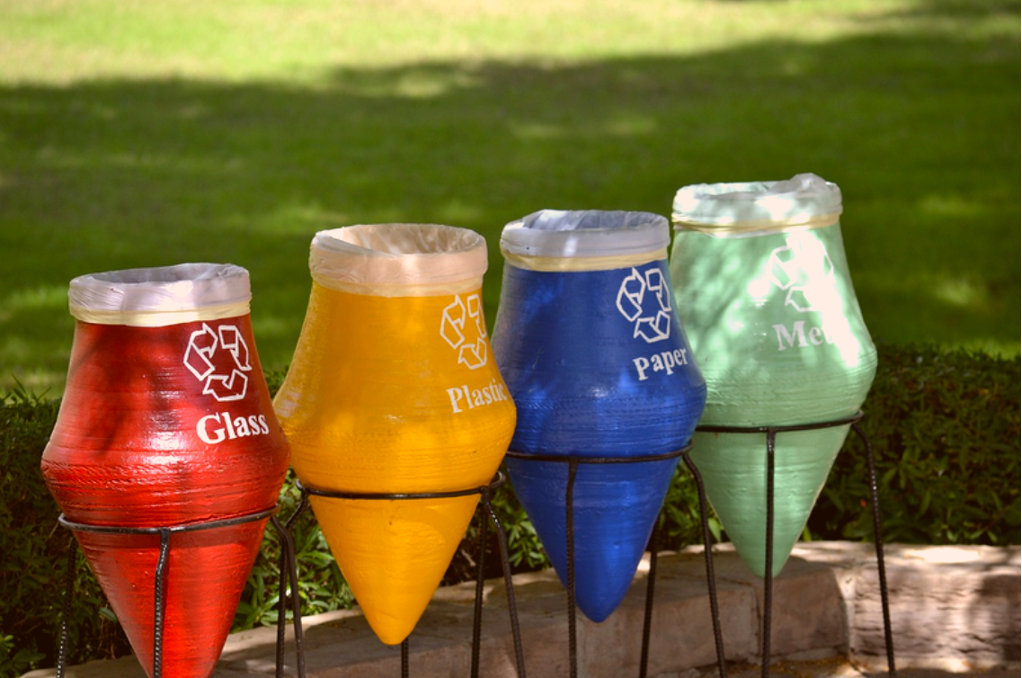
According to statistics, UK businesses produce 41.1 million tonnes of commercial and industrial waste every year.
Reducing waste is a simple step you can make towards sustainability.
Firstly, you should start by reducing usage of certain materials where you can. You could start by reducing the use of plastic bottles and encouraging workers to use reusable ones instead.
You can also reduce the use of paper. This can be done by switching invoices, newsletters and documents to digital forms. Also, instead of storing files in a physical storing system, you can switch to cloud systems online.
Alternatively, if you must use paper, then you can use recycled and sustainably sourced paper.
You can also print smarter by printing only when necessary, avoiding printing with colour and printing documents on both sides.
If you cannot reuse or reduce, you should recycle.
To do this you can start by having bins for recycling around the workplace with clear labels and displays listing the type of materials to put in each bin. You can also recycle by purchasing recycled supplies such as ink cartridges and paper.
In summary, reducing waste and recycling is something that can be easily done with a structured plan in mind, and it is a simple step that can be taken by any business.
4. Make your supply chain sustainable
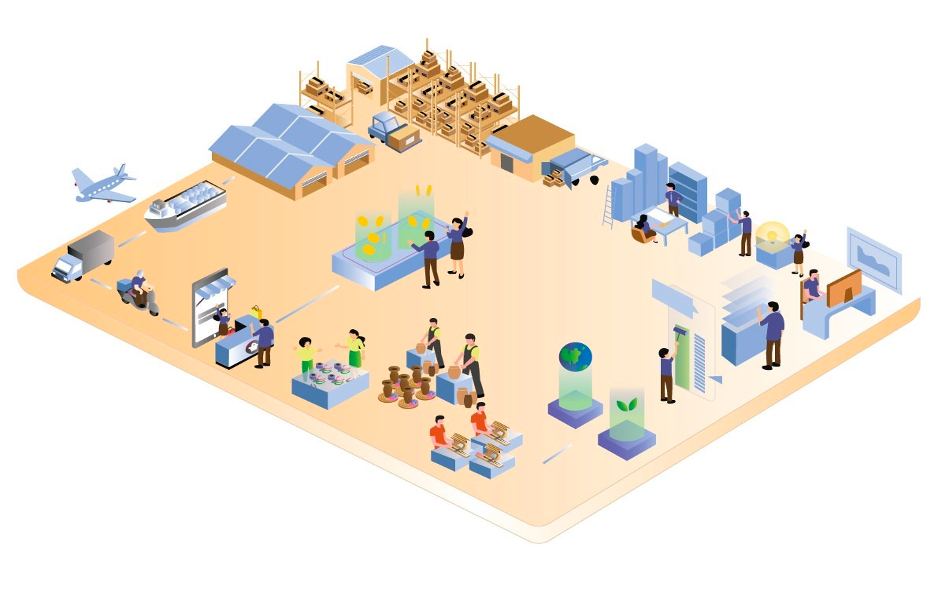
A big step that you can take is to build a sustainable supply chain.
You should check whether your suppliers are following sustainable practices and whether they are incorporating social, environmental, and ethical performances when producing.
Do not be afraid to ask your existing suppliers for more information about their products and how they get their raw materials.
Ensure that the goods you are sourcing do not include harmful or toxic substances. Examples of raw materials that you can work with include corn starch, mushrooms, cork, wood, seaweed, and organic fabric.
Avoid working with vendors that are not fully transparent about their practices.
If you work with suppliers that are fully transparent, your supply chain will also become more transparent, and it will also attract customers to your business.
It is also worth checking whether the suppliers you work with are following regulations and laws to do with waste and pollution.
To sum up, by sourcing goods that are manufactured sustainably, you will be able to source more responsibly and prosper in the long term.
5. Package sustainably
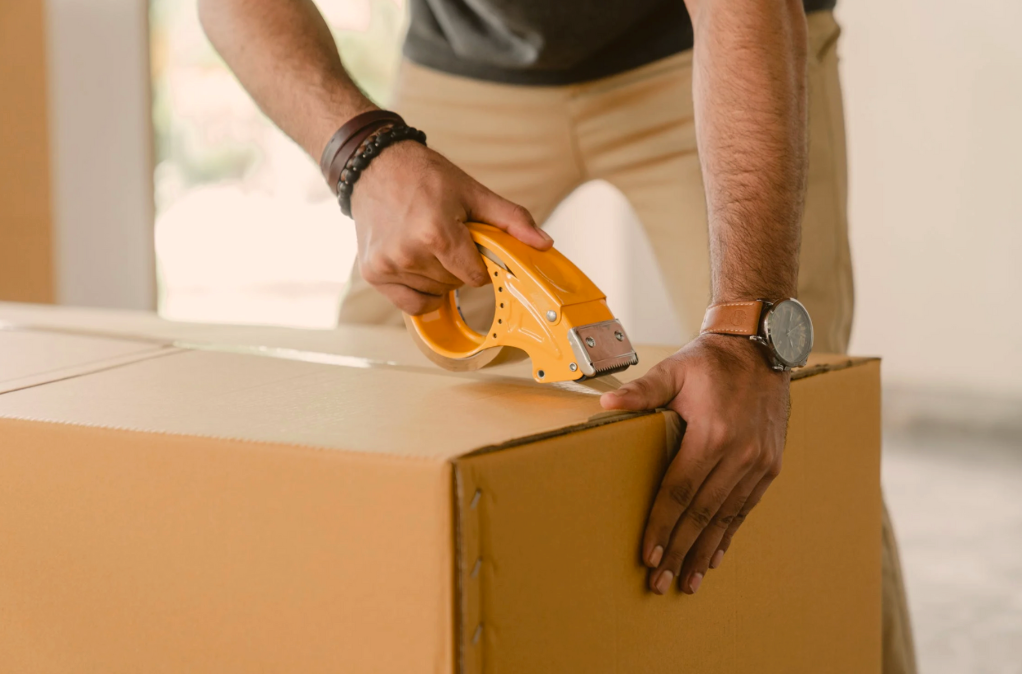
Packaging and containers account for 23% of the waste that ends up in landfills in the US.
Packaging is an important aspect of every firm that sells and ships items.
You can try using recycled paper, cardboard, and biodegradable packaging options.
In addition, try to avoid using a mixture of materials especially if you really have to use plastic, try to stick to one type of plastic. This is because a mixture of different types of plastics can make the packaging unrecyclable.
Making your packaging more sustainable will not only help you make your business more sustainable but it will also attract more customers, given the continuous increase in the number of consumers who are becoming more conscious about where they buy from.
6. Become more energy-efficient

Another step to write on your sustainability to-do list is implementing energy-saving upgrades.
You should first use meters to see what appliances contribute the most to your energy cost.
You can then see how to use those appliances more efficiently and start off with smaller steps such as using LED lighting, using natural light if possible, telling your employees to slowly incorporate habits of turning things off when not in use and buying energy efficient supplies.
You can also research sustainable energy suppliers and choose the ones that can offer you with the best plan.
Switching to renewable energy providers and appliances can be costly at first, but in the long run it will lead to a reduction in your carbon footprint, and it will also lower your costs.
In addition to this, an increasing number of people support renewable sources. Thus, being a sustainable business that uses 100% renewable sources will increase your reputation.
Ultimately, using more energy efficient equipment and having a renewable energy supplier will not only reduce your carbon footprint but it will also reduce your costs and increase your reputation in the long term.
7. Use sustainable shipping and delivery methods

You can also incorporate sustainable shipping practices when shipping and delivering your products.
To do this, ensure you are using eco-friendly materials such as recycled cardboard boxes, cornstarch packaging, mushroom packaging, compostable bags, and air pillows made of recycled materials.
Avoid materials like plastic wrap, PP and PVC plastic, cling film and plastic bubble lining packages.
Also, ensure you avoid excessive packaging and minimise cost when doing so.
Using more sustainable and green shipping methods will also reduce your overall carbon footprint.
8. Encourage sustainable practices in the workplace

One of the easiest ways to encourage your employees to be greener in the workplace is by offering incentives to them for activities such as recycling, reducing energy consumption and reducing waste.
You could also incentivise them by rewarding individuals based on their work on green practices on a monthly basis. This could be done by having a “Green Champion” or giving gift cards to employees based on their ‘green performance’.
By offering incentives, you will make being sustainable a part of everyone’s duty in the workplace.
Introducing new sustainable policies that the workforce has to abide by is also another option. This is because one of the biggest reasons why workers do not follow green policies is because they are less convenient to them.
For instance, they are more likely to throw rubbish in the bins under their desks if the recycling bins are on the other side of the office.
However, having policies in place will ensure people will follow them.
Green sustainability challenges are also a fun way you can use to motivate your employees to be more sustainable. You can have challenges like spending a month without using any plastic bottles and cups and reward those who complete the challenge.
Whilst using these techniques, ensure you are also educating yourself and your team on sustainability and the environment.
Knowing its importance will make you more determined in achieving your sustainability goals.
By introducing policies such as "lights off at night" you could potentially cut your costs. You could also cut your carbon footprint by $500 million. P&G have recently reported that they have saved this exact amount and all through implementing "energy efficiency measures", leaving them with more savings forecasts for the future.
Remember that being sustainable always starts from your workplace!
9. Give back to your community and donate to charities

Donate to a sustainable cause that is meaningful to your business.
If there is a specific environmental cause that you really care about, then have a partnership with them and try to donate a portion of your earnings to them.
If you do not have enough funds to do so, you could instead set up a ‘donate’ option on the checkout page of your website, so customers have the options to donate if they wish to.
Alternatively, you could organise activities that benefit the community around you and get your workforce involved.
This can include things like giving employees a number of volunteering hours out of work which they can spend on doing activities for a charity or community project.
You can also organise a quarterly or yearly charity week which includes different fundraising activities and sustainability challenges.
By engaging with different activities, you will send a strong message about your brand values, and this will also change the way people see you as a business and it will encourage more people to buy from you.
10. Calculate your carbon footprint
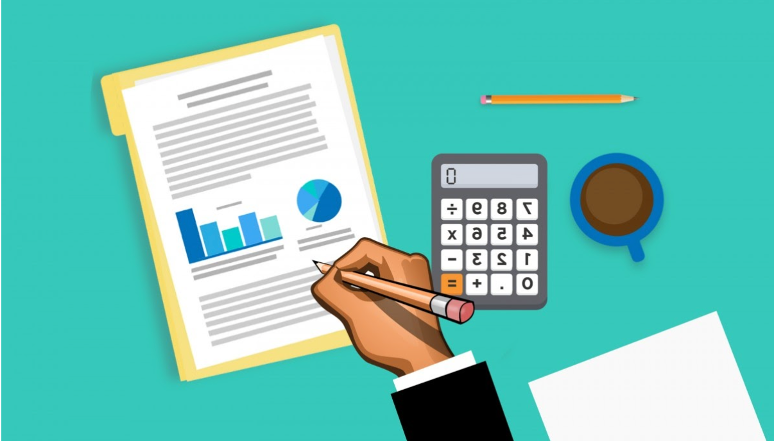
Breathe… you're safe, we know that maths isn't everyone's forte.
There are many free and easy to use carbon footprint calculators out there and all you need to do is input in your own data.
By doing this you'll really be able to understand where your business is going wrong in terms of sustainability and how to fix it.
Analyse what you could do to reduce your carbon footprint. By using the carbon footprint calculator you'll be able to come up with an efficient strategic plan.
For example, if your small business falls under the category of fashion and retail, you may see that a lot of your emissions are due to the non-reusable packaging you're using. This packaging usually just ends up in landfill sites. Therefore, a carbon footprint calculator will allow you to understand that you should start using biodegradable packaging or at least recyclable packaging instead.
Just like this, you can find out areas where improvement and work are needed and start working on them in order to reduce your emissions.
It is true that reducing your small businesses’ emissions could lead to an expensive investment, however in time it will prove to be a significant one.
Business & Energy Secretary Kwasi Kwarteng mentioned that “simple changes could differentiate a business from the competition, attract new customers and investment and save them money on their running costs.”
This is definitely something to take into consideration when you start to build up your business. From the business management plans to your customer service approach, small differences in terms of attaining sustainability is key and measuring carbon footprint will help you see where these changes are needed to be implemented.
11. Publicise your move to sustainability
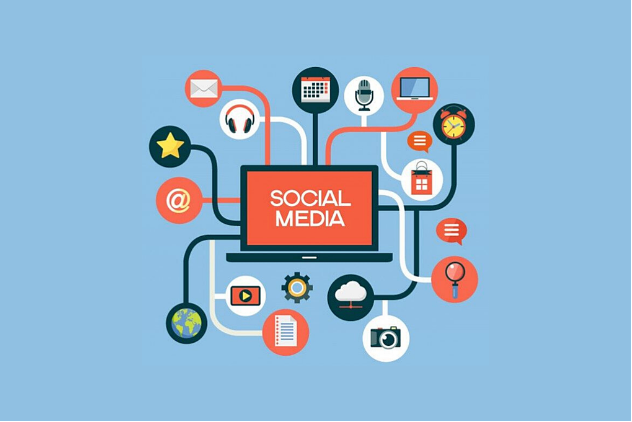
Use your website, social media and the rest of it to publicise how your business is moving towards a more sustainable approach.
This will attract more customers and in turn you'll be able to use this added profit to help you fund your sustainability plans.
This may seem like a small insignificant difference, but social media truly holds a lot of today’s influence, so don't underestimate what this step could do.
Get involved with the public, ask if they would like to get involved in your sustainability targets, hold fundraisers to help with your carbon neutral goals and use your platform to educate others on the importance of tackling climate change.
Thus, making your efforts public is a great way to demonstrate how determined you are when it comes to being sustainable!
Conclusion
Overall, there are a lot of different steps you can take to start your sustainability journey and incorporate it within your business.
Here, at Rural Handmade, we can help you make your business more sustainable.
Whether you are a business that is planning to embark on the sustainability journey or a business that has already embarked and is looking to improve their processes, we are here for you.
We will give you access to a sustainable supply chain and help you build a unique brand.
We have the world’s largest inventory of handmade and sustainable products. All our output is 100% sustainable and we are focused on lowering the carbon footprint.
We have a very open and transparent commissioning model.
Are you ready to start your sustainability journey or improve it with us? Or perhaps you have some questions for us?
Whatever it is, do not hesitate to contact us! We want to hear from you!
Recommended








